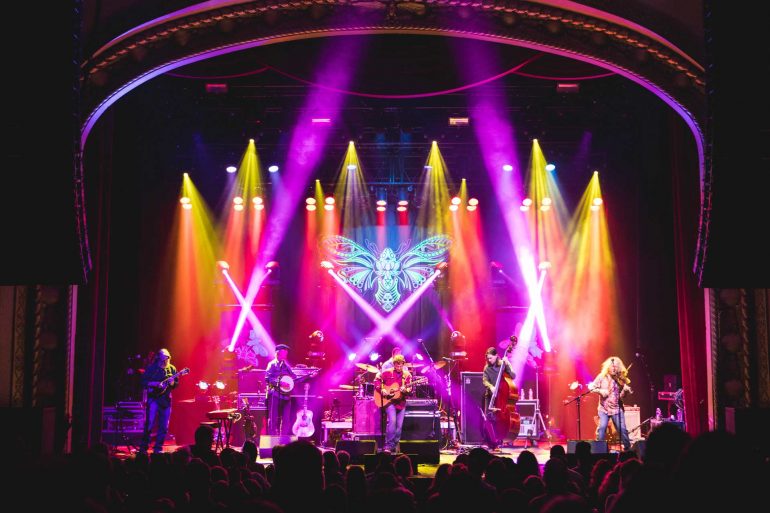It’s no secret that Missoula has a vibrant arts and entertainment industry. Art shows, music concerts and movie festivals fill the city every weekend. In fact, some residents complain there are just too many events to attend.
From early spring through late fall Caras Park hosts a series of local art events, brew fests and fundraisers. Each month, First Friday Gallery Night packs the streets of downtown with visitors to the city’s art galleries.
The MCT Center for the Performing Arts, Missoula Art Museum, Clay Studio of Missoula, the Downtown Dance Collective and Zootown Arts Community Center all have a full schedule of ongoing classes, exhibitions and events.
The Missoula Symphony regularly sells out performances at the 1,100 seat Dennison Theatre at the University of Montana and the Montana Museum of Art & Culture on campus has a permanent collection of 11,000 works – one of the largest in the Northwest.
Each month a different festival brings tourists to town – the Big Sky Documentary Film Festival, the Buddy DeFranco Jazz Festival, the Rocky Mountain Ballet Theatre’s VIBE competition, the International Wildlife Film Festival, River City Roots Festival and the Montana Book Festival, to name a few.

Missoula is also an exporter of the arts. Known throughout the world for their “Little Red Trucks,” the Missoula Children’s Theatre tours communities large and small. The Montana Repertory Theatre performed in several cities in China this past spring, and the Rocky Mountain Ballet Theatre and Dolce Canto have also toured internationally.
Music fills the Garden City on a regular basis. In recent years, some of the biggest names in popular music have performed, including The Rolling Stones, Paul McCartney and Elton John. Plus, this past summer saw the opening of not one, but two outdoor music amphitheaters – both had successful inaugural seasons.
At the ribbon cutting for the new 4,000 seat KettleHouse Amphitheater, Montana Gov. Steve Bullock said that the venue brought together three great things about Missoula and western Montana: local breweries, the performing arts and a stunning landscape. He specifically mentioned the economic importance of each. At the same event Missoula Mayor John Engen said, “The arts community is incredibly significant to a place like Missoula.”
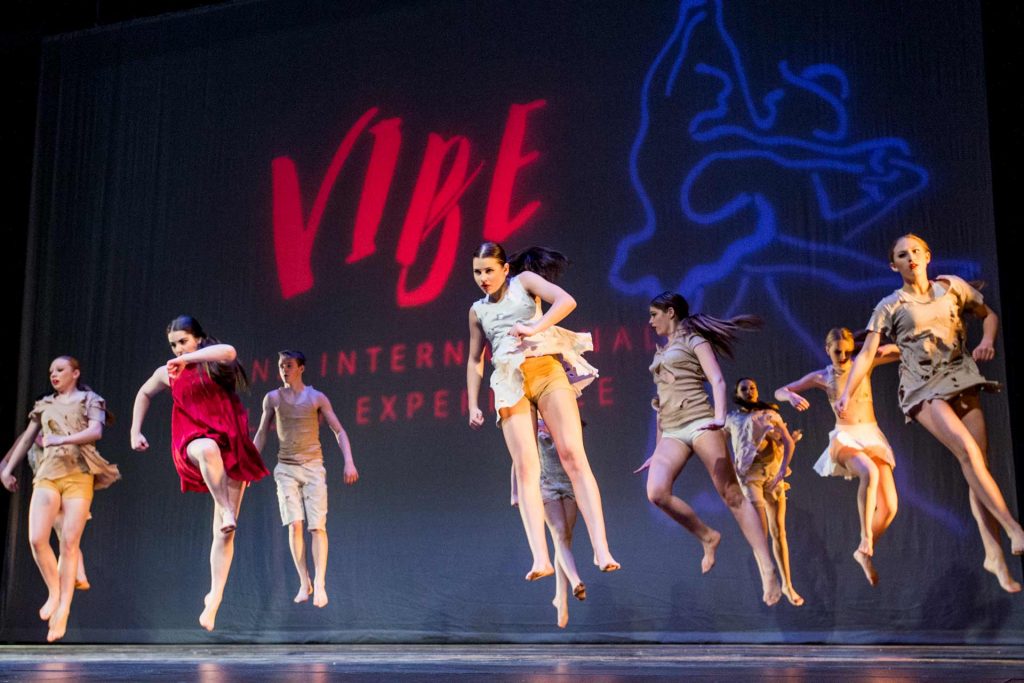
Recently, Missoula appeared in two independent national studies that quantify the arts industry and support what many have long suspected – the arts are a big business in Missoula.
Last April, the National Center for Arts Research (NCAR) at Southern Methodist University released its annual Arts Vibrancy Index, a ranking of the nation’s most vibrant arts communities. Two months later, Washington, D.C.-based Americans for the Arts released their Arts and Economic Prosperity (AEP) report. Both studies highlight the economic impact of the arts, which is significant and demonstrate their importance to the Missoula economy.
The NCAR study names Missoula as the fourth most vibrant mid-sized city in the country and addresses what it calls the “arts and culture ecosystem,” a mix of arts providers (individual artists, arts and cultural organizations, arts and entertainment firms), community arts dollars (program revenue, contributions, program expenses, salaries) and government support (local, state and federal arts grants).
With 937 unique cities and towns studied, Missoula ranked high in the arts provider category and in or near the top 10 percent of all cities in most categories. In comparison, Bozeman ranked fourth in the small cities category. The overall numbers indicate that the state of Montana is certainly active and healthy regarding the arts.
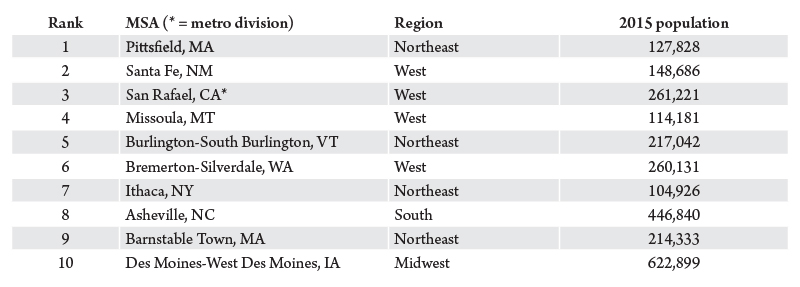
Americans for the Arts published its first economic impact study in 1994 and have updated their study every five years since 2002. This report was limited to the nonprofit arts sector and does not include production companies, art galleries or individual artists.
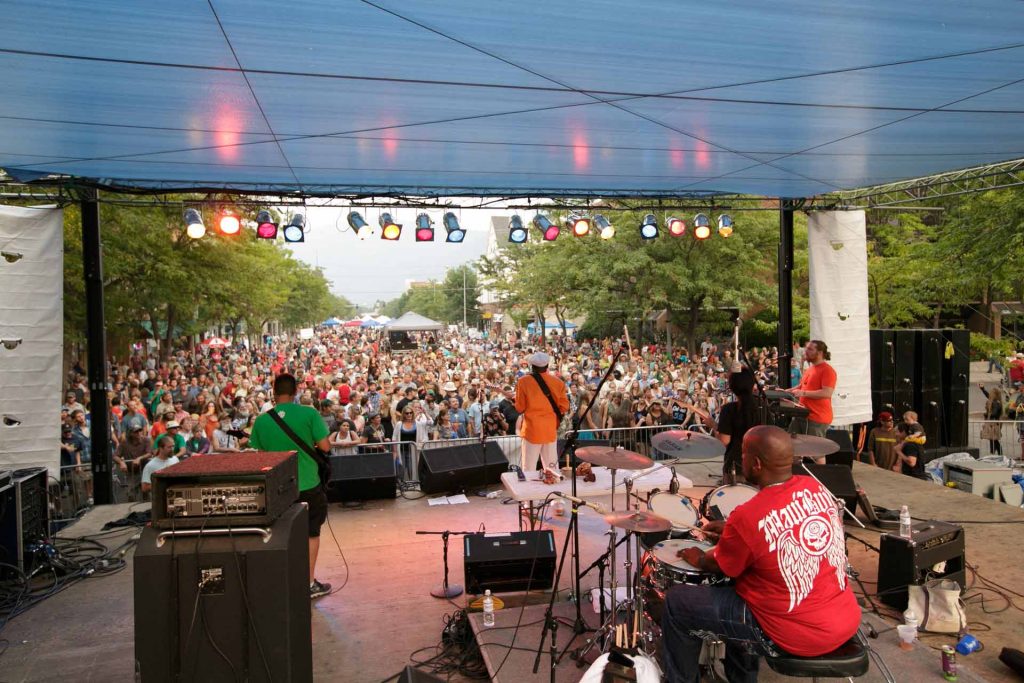
Arts and Economic Prosperity 5 was their largest study yet, documenting 341 communities and regions across the country. It measured both direct spending by nonprofit organizations (salaries, program production, marketing, and other goods and services) and indirect impact by audiences (event related spending, such as restaurants, hotels and retail goods).
Missoula’s nonprofit arts sector is a $54 million industry – nearly three times that of other communities the same size. Of that, $20.4 million is direct impact and $33.6 million represented spending by audiences beyond the cost of admission.
In addition, Missoula’s nonprofit arts sector contributed $39.2 million in household income and $4.4 million is state and local revenue in 2015 – supporting 1,913 full-time jobs. That number is comparable to Missoula’s more recognizable employers, specifically the University of Montana, Community Medical Center and St. Patrick Hospital.

AEP also measured audience spending in 2015. The average attendee to a Missoula arts event spent $25.99 beyond the cost of admission on food, beverages, transportation, lodging, clothing, gifts and other related goods. Out-of-town visitors, who represent 20 percent of this audience, spent $53.45 per an arts event – more than twice what residents spent.

The arts continue to spur tourism with events like the 2017 Big Sky Documentary Film Festival, which drew 2,817 out-of-town participants and spectators from more than 20 cities in seven countries. The 2016 International Choral Festival brought 1,091 out-of-town and foreign visitors to the city for the four-day festival that occurs every three years. All these visitors pump dollars into the local economy.
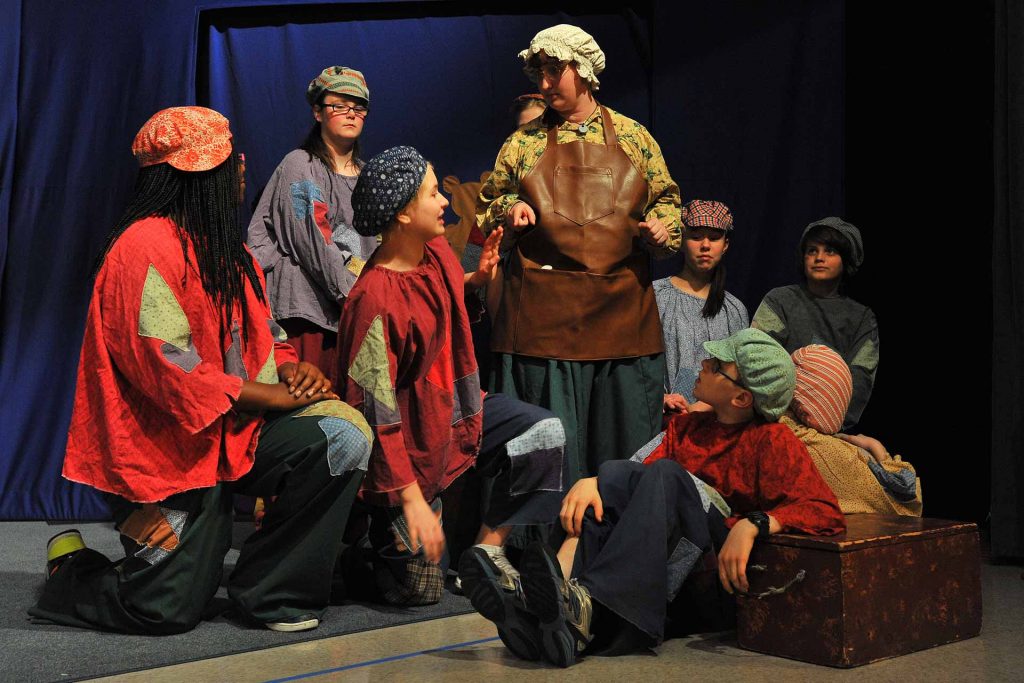
Overall, these two studies highlight that the arts, while decentralized and often overlooked as an economic sector, are a big business in Missoula and provide tangible benefits beyond their entertainment value.
A recent poll by Americans for the Arts indicated that 87 percent of people believe arts and culture improve their quality of life and Missoula provides a fine example. The arts inspire, delight and unite us, making us all more creative, productive and interesting. They are a fundamental component of our humanity.
It is often said that the arts are food for the soul. In this case, the arts also put food on the table of Missoulians.


